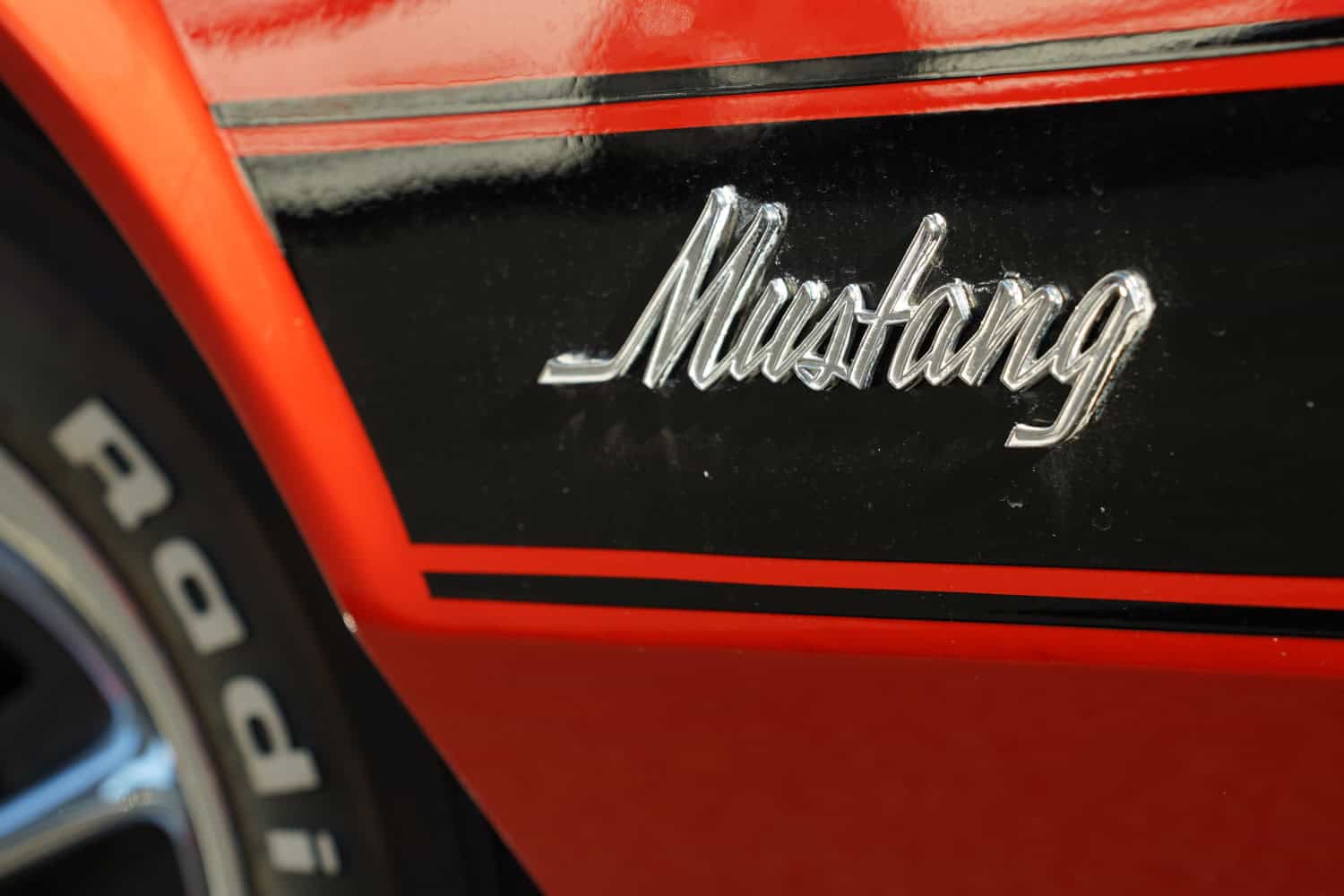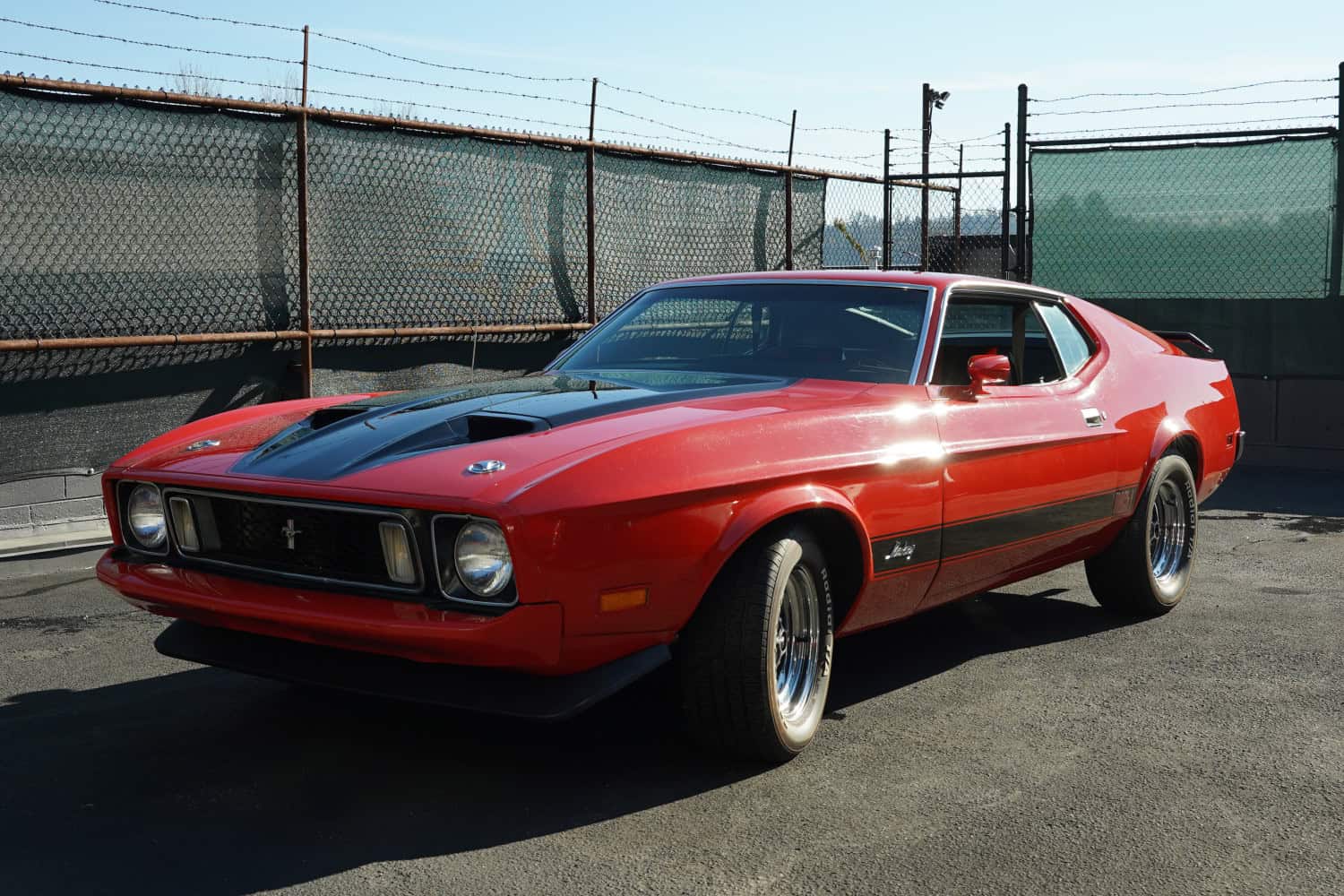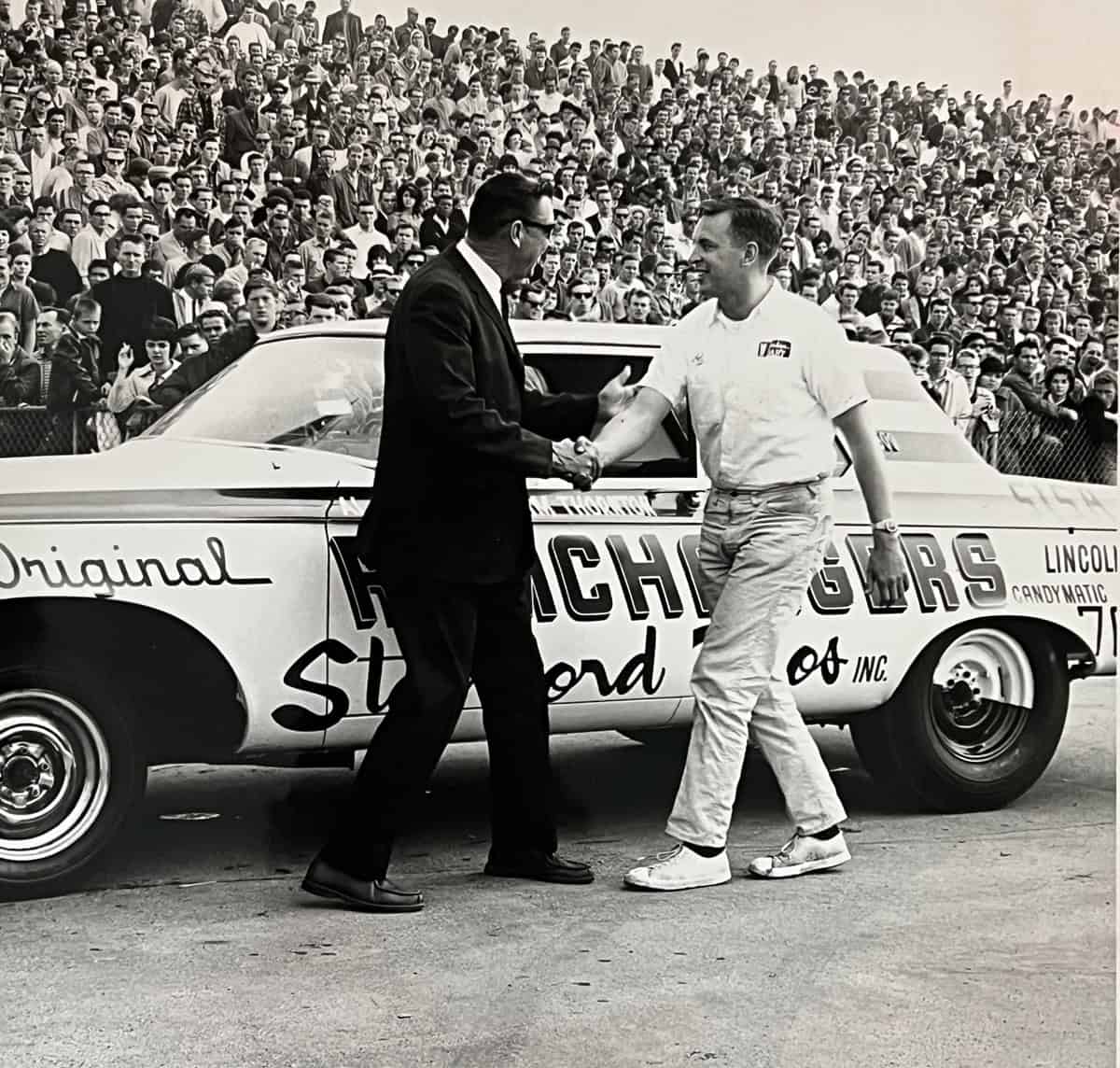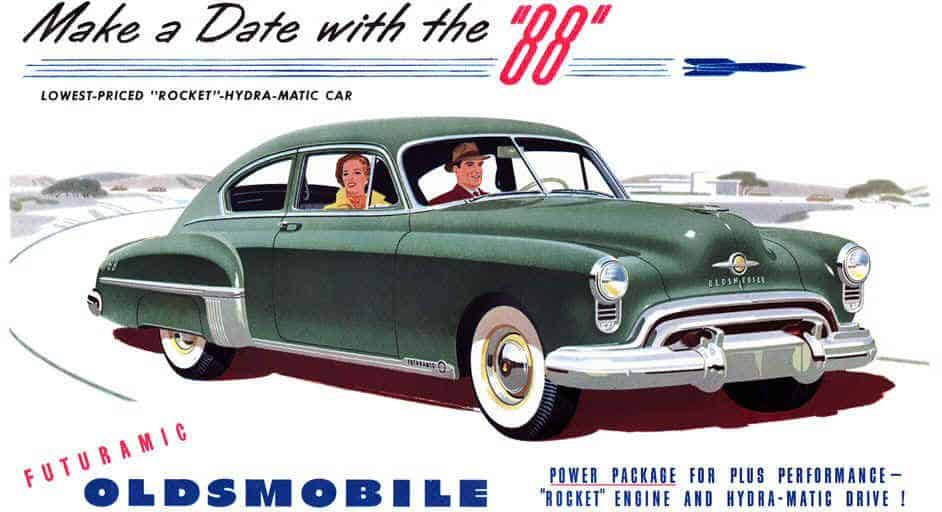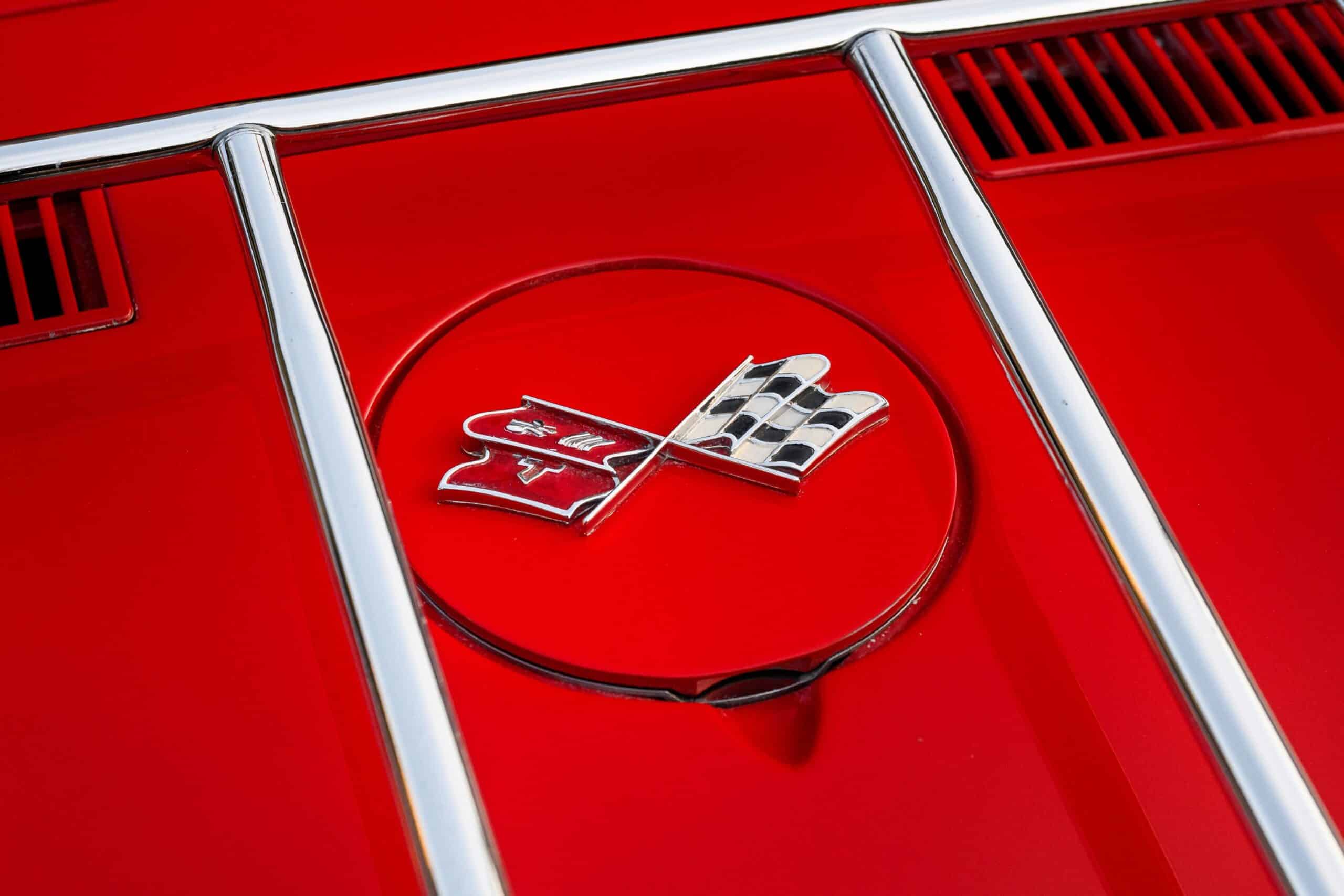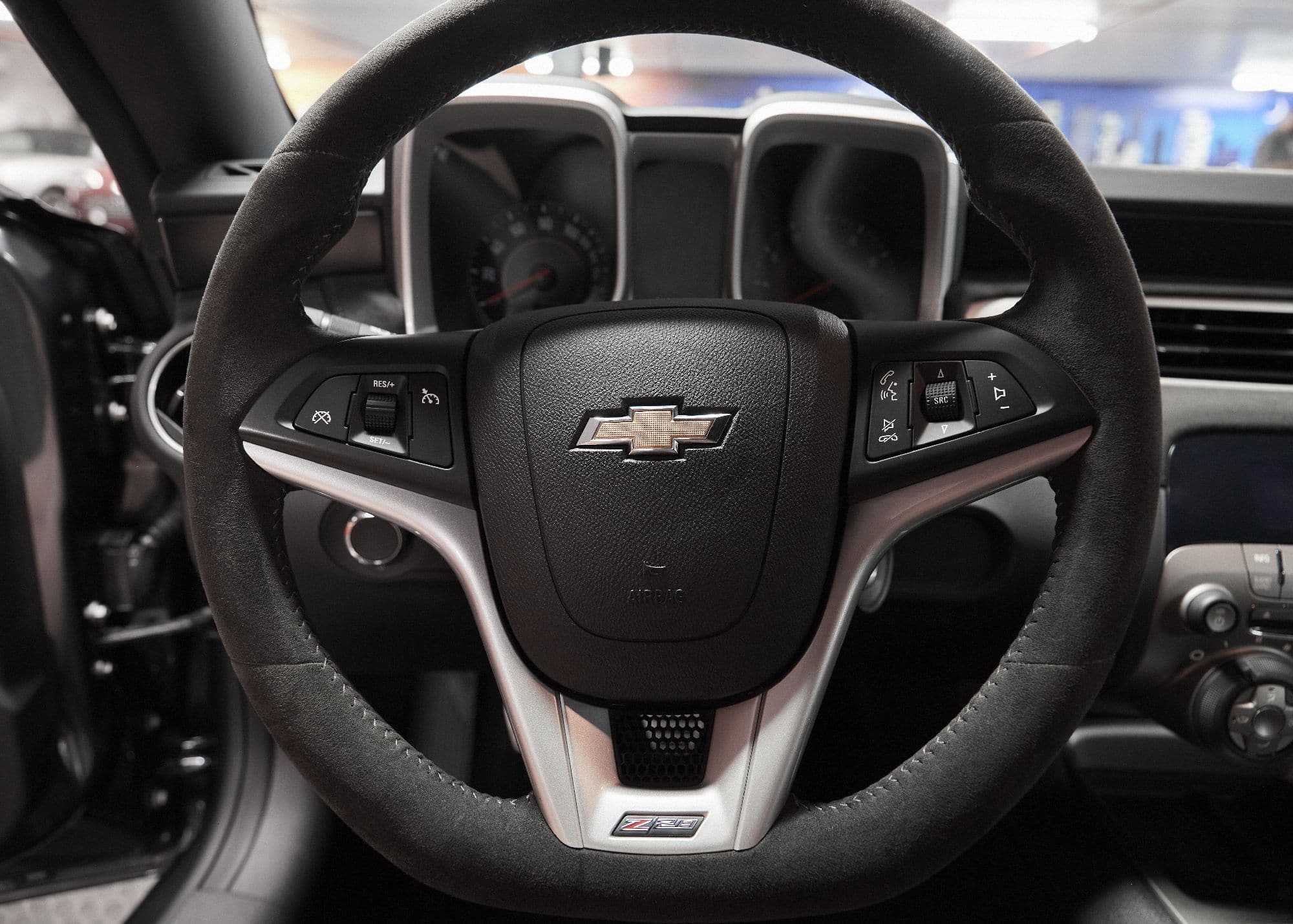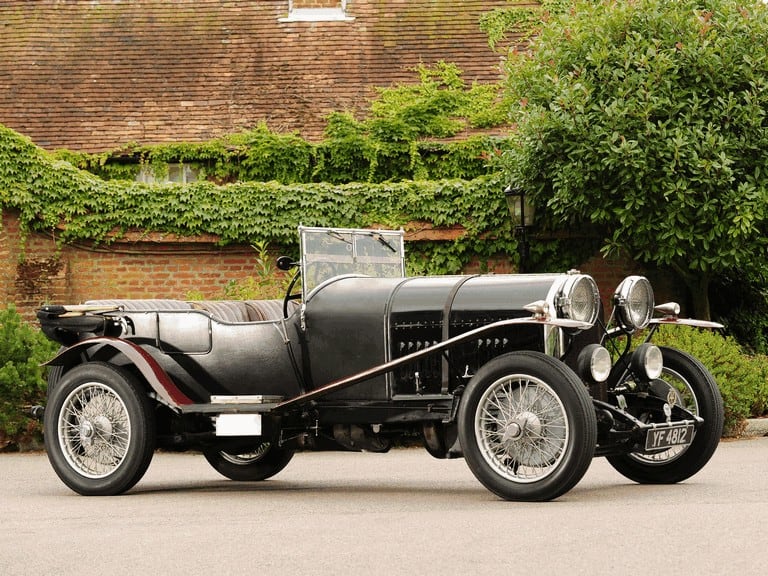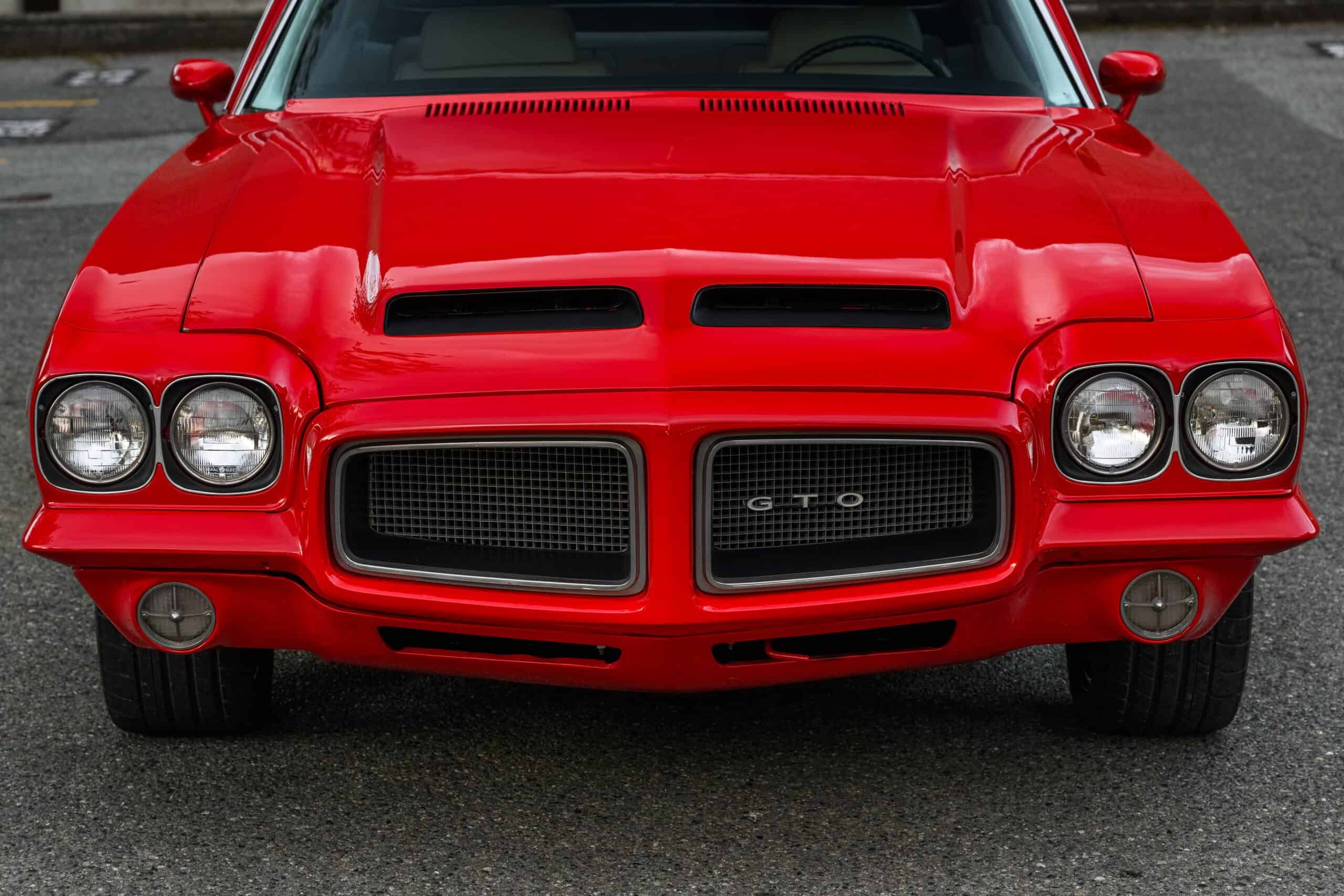Muscle Car History.
Muscle car history, an origins story: When you think of muscle cars, images of powerful V8 engines, aggressive styling, and the unmistakable roar of raw horsepower come to mind. These iconic vehicles represent a distinct era in American automotive history, blending performance, style, and affordability in a way that captured the hearts of a generation. But where did the muscle car originate? How did this uniquely American phenomenon come to be? In this blog post, we’ll explore the origins of the muscle car and trace its rise to popularity.
The Birth of an Idea: Post-War Prosperity and Automotive Innovation.
The roots of the muscle car history can be traced back to the post-World War II era, a period marked by rapid economic growth, the expansion of the middle class, and a renewed interest in automotive innovation. Returning soldiers demanded vehicles that could offer not just transportation but also performance and excitement.
During the 1950s, American automakers began experimenting with larger, more powerful engines. The V8 engine, which had been developed earlier, was now more widely produced and refined, offering superior horsepower that appealed to speed enthusiasts. This period saw the introduction of performance-oriented models like the Chevrolet Bel Air, Ford Thunderbird, and Pontiac Bonneville, which combined style with enhanced power.
Candymatic Dodge S/SA that won the 1963 NHRA Winternationals and U.S Nationals.
Muscle Car History and Youth Culture.
The 1950s and early 1960s were a time when car racing was gaining popularity across the United States. Drag strips were opening up, and street cruising became a central part of youth culture. Young drivers wanted cars that could deliver thrilling acceleration and top-end performance—but without the price tag of exotic European sports cars.
Car manufacturers quickly noticed this demand. Muscle cars were born out of the desire to put powerful engines into affordable, mid-sized cars that the average young driver could buy. These vehicles became symbols of freedom, rebellion, and self-expression.
Early Prototypes: The 1949 Oldsmobile Rocket 88
One of the earliest contenders for the title of “first muscle car” is the 1949 Oldsmobile Rocket 88. This model paired General Motors’ powerful new overhead valve V8 engine with the relatively lightweight Oldsmobile 88 body. It boasted remarkable performance for its time, quickly gaining a reputation on both the street and the racetrack.
The Rocket 88 set the stage for future muscle cars by demonstrating that combining power and affordability could capture the imagination of American drivers.
The Golden Age: Mid-1960s Explosion.
Although the seeds were planted in the late 1940s and 1950s, muscle cars truly came into their own in the mid-1960s. This era is often considered the “golden age” of muscle car history.
In 1964, Pontiac introduced the GTO, widely credited as the first true muscle car in terms of marketing and design. The GTO took Pontiac’s mid-sized Tempest and installed a big V8 engine under the hood, providing impressive horsepower in a relatively lightweight package. Its success immediately caught the attention of Ford, Chevrolet, Dodge, and others.
Shortly after, Ford released the Mustang, Chevrolet built the Chevelle SS, Dodge rolled out the Charger and Coronet, and Plymouth joined the fray with the Road Runner and Barracuda. This competition accelerated innovation and pushed automakers to create thrilling cars at a price point accessible to young enthusiasts.
Muscle cars weren’t just vehicles; they became cultural icons. Movies, music, and advertisements helped cement their place in American folklore. Road trips, drag races, and car clubs flourished as communities formed around these machines.
Despite their popularity, muscle cars’ heyday was somewhat short-lived. By the early 1970s, rising insurance costs, government emissions regulations, and the oil crisis began to dampen the market for gas-guzzling performance cars. However, the passion for muscle cars never truly faded.
Muscle car history tells a story of innovation, culture, and American spirit. From post-war prosperity to youthful rebellion, these cars were born from a unique convergence of social and technological factors.
Today, the muscle car remains a beloved symbol of power and freedom. Classic models continue to be highly sought after by collectors, while modern manufacturers honor the legacy with contemporary muscle cars that pay homage to their roots.
In understanding the origins of the muscle car, we appreciate not only a remarkable chapter in automotive history but also a lasting cultural phenomenon that continues to rev hearts and ignite passion decades later.
Begin your collector car investment journey at West Coast Dream Machines, with our curated collection of stunning classics, one of a kinds and rare finds.
